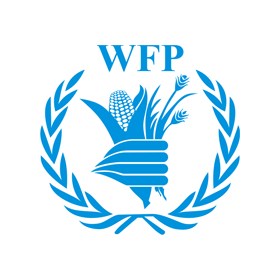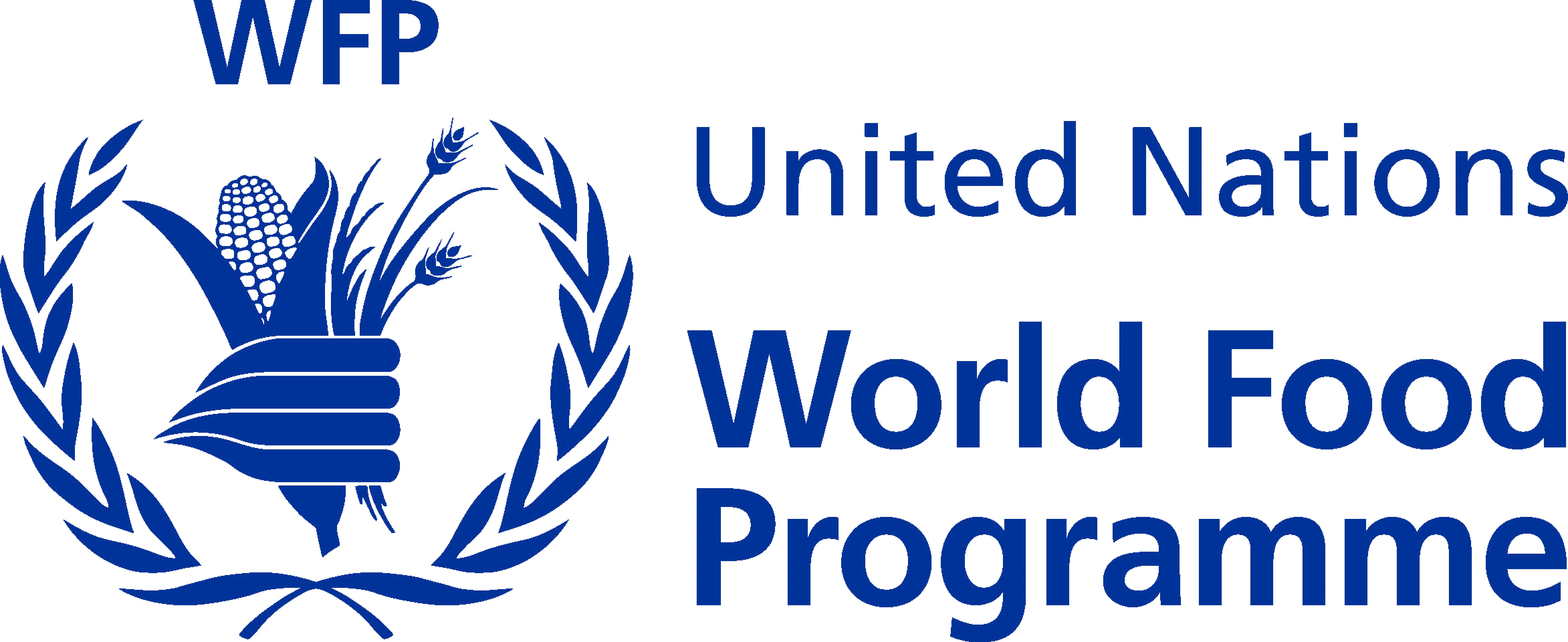
 The United Nations World Food Programme (WFP) and the Punjab Provincial Disaster Management Authority (PDMA) recently inaugurated the fourth humanitarian response facility for Pakistan in Lahore, in the presence of Julie Bishop, Minister of Foreign Affairs of Australia, Major General Asghar Nawaz NI (M), Chairman, National Disaster Management Authority (NDMA) and Lola Castro, WFP Representative in Pakistan.
The United Nations World Food Programme (WFP) and the Punjab Provincial Disaster Management Authority (PDMA) recently inaugurated the fourth humanitarian response facility for Pakistan in Lahore, in the presence of Julie Bishop, Minister of Foreign Affairs of Australia, Major General Asghar Nawaz NI (M), Chairman, National Disaster Management Authority (NDMA) and Lola Castro, WFP Representative in Pakistan.
WFP and the Pakistan government have been working together since 2013 to establish a network of humanitarian hubs in eight strategic locations across the country, as part of broader emergency preparedness activities. These relief hubs will allow both the government and the rest of the humanitarian community in Pakistan to respond more swiftly and efficiently to a sudden emergency. The first facility was inaugurated in Quetta in 2013, and the second – also in Punjab – in Muzaffargarh last February. The Muzaffargarh facility played a pivotal role in the rapid and coordinated response to last year’s floods in Punjab.
With Australia’s support, the WFP is developing a network of eight HRF’s at strategic locations across Pakistan with the aim to augment the emergency and disaster response capacity of the government and the international humanitarian community in Pakistan. The opening of this Humanitarian Response Facility is timely given proximity to the 2015 monsoon season.
During the inauguration, Bishop announced an additional AUD $3 million in Australian humanitarian assistance to be delivered in partnership with WFP, and AUD $1 million to support a WFP initiative to provide policy support to improve food fortification and ultimately nutrition across Pakistan.
Strengthening disaster preparedness and response capacity is a priority for the National Disaster Management Authority, and has been included in Pakistan’s National Disaster Management Plan. Erratic weather patterns linked to climate change have made the country vulnerable to increasingly intense natural disasters, including floods and droughts.
“Preparation is key when responding to disasters – and a strategic relief hub equipped with all the necessary equipment is a very tangible example of emergency preparedness. Just in recent days we’ve seen the value of a very similar response facility in Nepal, where a logistics hub at Kathmandu airport is helping WFP and the whole humanitarian community reach earthquake survivors with life-saving assistance,” said Castro. “In Pakistan, it is the priority of both the government and of WPF to ensure that we have all the skills and tools we need to save lives and protect livelihoods in emergencies, and WFP is proud to partner with the government on this important initiative.”
Castro also acknowledged the foresight and generosity of donors who are willing to invest in emergency preparedness initiatives such as this one. Present at the ceremony, in addition to Bishop of Australia, were officials from the embassies of Japan, Denmark and USA, all of whom have contributed to the construction of the humanitarian facilities.
The US$3 million, state-of-the-art response facility in Lahore covers more than 28,600 square metres. It features four large warehouses for general cargo and two smaller, climate-controlled warehouses for more sensitive items such as medicines and ready-to-use foods, as well as office space and staff facilities. There is enough covered storage space for 88,000 bags of 50kg rice (or 4,400 metric tons), and more than three times as much open storage space.
The Pakistan government has provided land to WFP to build eight humanitarian facilities in the country’s most disaster-prone areas. The government is responsible for the management and staffing of the facilities. WFP provides training for staff in managing the facilities, as well as in humanitarian supply chain and emergency response. The project is being implemented in coordination with the national and provincial disaster management authorities, with generous funding provided by Japan, Canada, Australia, the Netherlands, Denmark and the United States of America.





